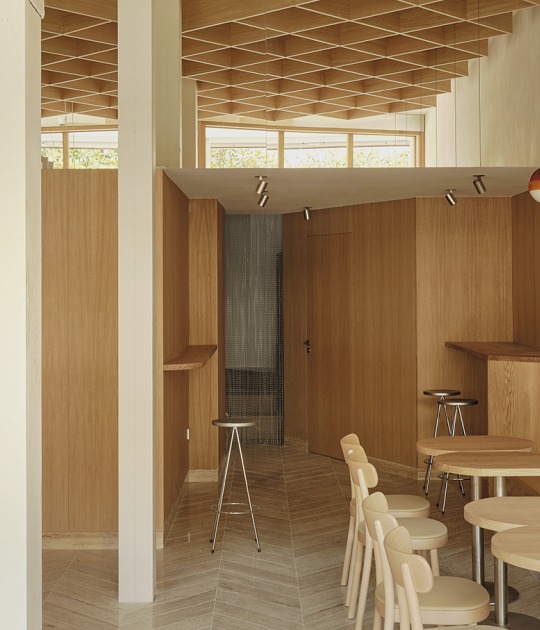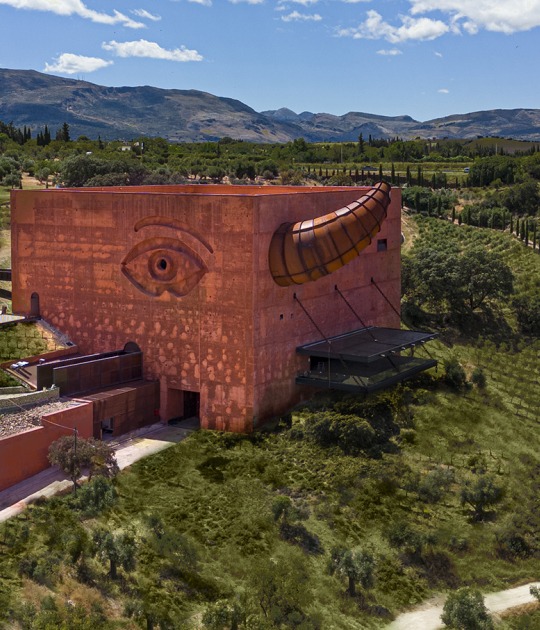In the 1940s, Charles Eames became the first person to successfully mould plywood into three-dimensional shapes, which while enabling body-conscious, organically shaped seating furniture never resulted in a one-piece seat shell. A fascination for the sculptural expressive power of these early plywood prototypes is evident in many of Alfredo Häberli's designs.
Jill is Alfredo Häberli's formal homage to that time, but with Vitra, he moves the aesthetic forward to today, incorporating the state of the art in plywood technology in an organically shaped seat shell.
In a patented process, Jill's veneers are curved until they meet in the middle of the seat. This creates a flexible shell featuring an open transition from the seat to the back, with the thickness of its veneer tapering towards the top of the chair. Two infinite lines, one interior and one exterior, permeate and surround one surface, thus creating a sculptural form that follows the contours of the body, and, thanks to its high degree of flexibility, accommodates it with amazing seating comfort.





















